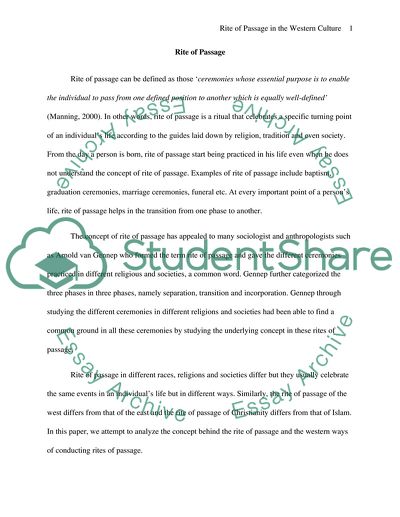Cite this document
(“Rite of Passage in the Western Culture Research Paper”, n.d.)
Rite of Passage in the Western Culture Research Paper. Retrieved from https://studentshare.org/social-science/1761895-rite-of-passage-in-the-western-culture
Rite of Passage in the Western Culture Research Paper. Retrieved from https://studentshare.org/social-science/1761895-rite-of-passage-in-the-western-culture
(Rite of Passage in the Western Culture Research Paper)
Rite of Passage in the Western Culture Research Paper. https://studentshare.org/social-science/1761895-rite-of-passage-in-the-western-culture.
Rite of Passage in the Western Culture Research Paper. https://studentshare.org/social-science/1761895-rite-of-passage-in-the-western-culture.
“Rite of Passage in the Western Culture Research Paper”, n.d. https://studentshare.org/social-science/1761895-rite-of-passage-in-the-western-culture.


